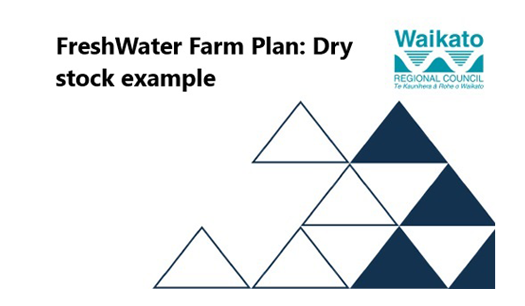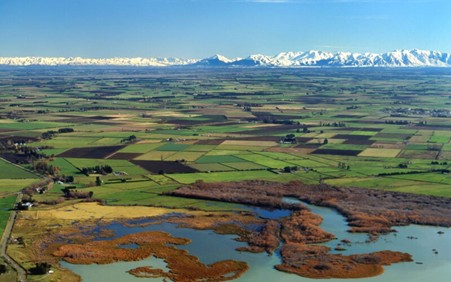Example Freshwater Farm Plan
The Waikato Region Council have completed a Freshwater Farm Plan to to give farmers and rural professionals a clear, practical example of how these farm plans work. This plan is for a dry stock farm in the Waipā area.
They created this example using QCONZ’s FWFP digital planning tool. The plan includes details about the local catchment, information about different areas of the property, environmental risk assessments, maps, and the actions planned.
Whether you’re preparing your own plan or helping others with theirs, this example should give you a good sense of what’s involved.
Note: this plan is based on what the FWFP regulations were mid-2024. Any changes to the regulations will be reflected in future updates of the FWFP tool.


